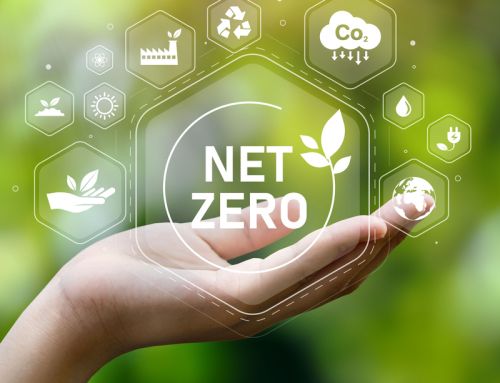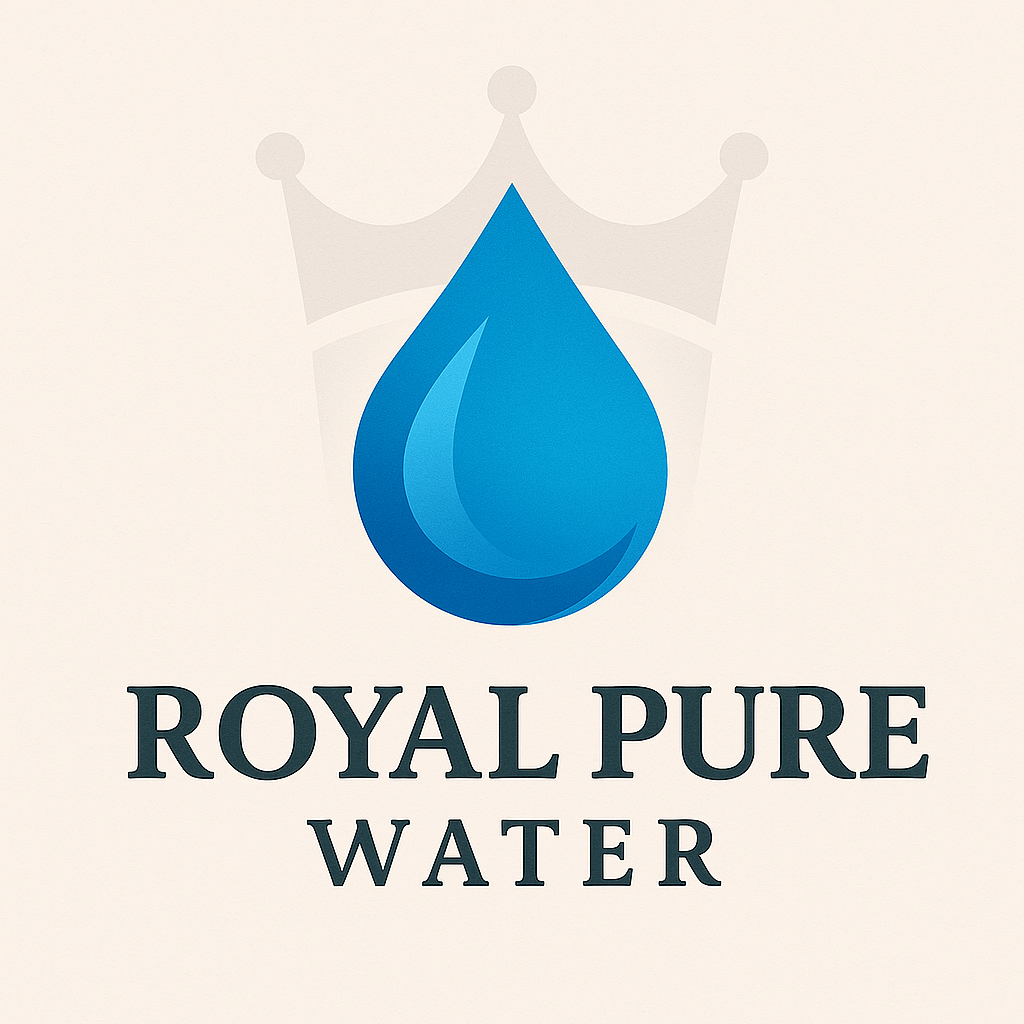1.1 billion people lack access to an improved water supply – approximately one in six people on earth.
A person can live weeks without food, but only days without water.
2.6 billion people in the world lack access to improved sanitation.
Less than 1% of the world’s fresh water (or about 0.007% of all water on earth) is readily accessible for direct human use.
A person needs 4 to 5 gallons of water per day to survive. The average American individual uses 100 to 176 gallons of water at home each day. The average African family uses about 5 gallons of water each day.
Millions of women and children spend several hours a day collecting water from distant, often polluted sources.
Water systems fail at a rate of 50% or higher.
Every $1 spent on water and sanitation creates on average another $8 in costs averted and productivity gained.
Almost two in three people lacking access to clean water live on less $2 a day.
Poor people living in the slums often pay 5-10 times more for per liter of water than wealthy people living in the same city.
Water-Related Disease Facts
Every 8 seconds, a child dies from a water-related disease.For children under age five, water-related diseases are the leading cause of death.
At any given time, half of the world’s hospital beds are occupied by patients suffering from a water-related disease.
1.8 million children die each year from diarrhea – 4,900 deaths each day.
No intervention has greater overall impact upon national development and public health than the provision of safe drinking water and the proper disposal of human waste.
Human health improvements are influenced not only by the use of clean water, but also by personal hygiene habits and the use of sanitation facilities.
Close to half of all people in developing countries are suffering at any given time from a health problem caused by water and sanitation deficits.
- The water and sanitation crisis claims more lives through disease than any war claims through guns.











